2/3/4 Axles Fuel Oil Trucks are essential assets in the complex network of airport operations, specifically tailored to meet the demanding fuel transport needs of aviation hubs. These specialized vehicles play a pivotal role in ensuring a continuous and reliable supply of fuel to aircraft, which is the lifeblood of any airport's functionality. Airports, with their constant flow of flights, require a steady stream of fuel to keep operations running smoothly, and 2/3/4 Axles Fuel Oil Trucks are designed to deliver this with unparalleled efficiency and safety. From small regional airports to large international hubs, these trucks adapt to varying scales of operation, making them a versatile choice for fuel transport. In this blog, we will delve into the world of 2/3/4 Axles Fuel Oil Trucks, exploring their features, benefits, and why they are the go-to solution for efficient fuel transport in airports.
The Critical Role of Fuel Transport in Airport Operations
Fuel is the cornerstone of airport operations. Without a reliable supply of aviation fuel, flights cannot take off, ground support equipment comes to a halt, and the entire ecosystem of the airport grinds to a standstill. The transport of fuel within and around the airport is a logistical challenge that requires precision, safety, and efficiency. Any disruption in fuel transport can lead to flight delays, cancellations, and significant financial losses for airlines, airports, and related businesses.
Aviation fuel, such as Jet A and Jet A-1, has specific handling requirements. It is highly flammable, and its quality must be maintained to ensure the safe operation of aircraft engines. This means that fuel transport vehicles must not only be efficient but also equipped with features that prevent contamination, spills, and other hazards. 2/3/4 Axles Fuel Oil Trucks are engineered to meet these stringent requirements, making them an integral part of the airport's fuel supply chain.
The volume of fuel required by airports is staggering. A single large commercial aircraft can consume thousands of gallons of fuel for a single flight. Multiply that by the number of flights an airport handles daily, and it becomes clear that a robust and efficient fuel transport system is non-negotiable. 2/3/4 Axles Fuel Oil Trucks are designed to move large quantities of fuel quickly and safely, ensuring that aircraft are refueled on time and that fuel storage facilities are replenished as needed.
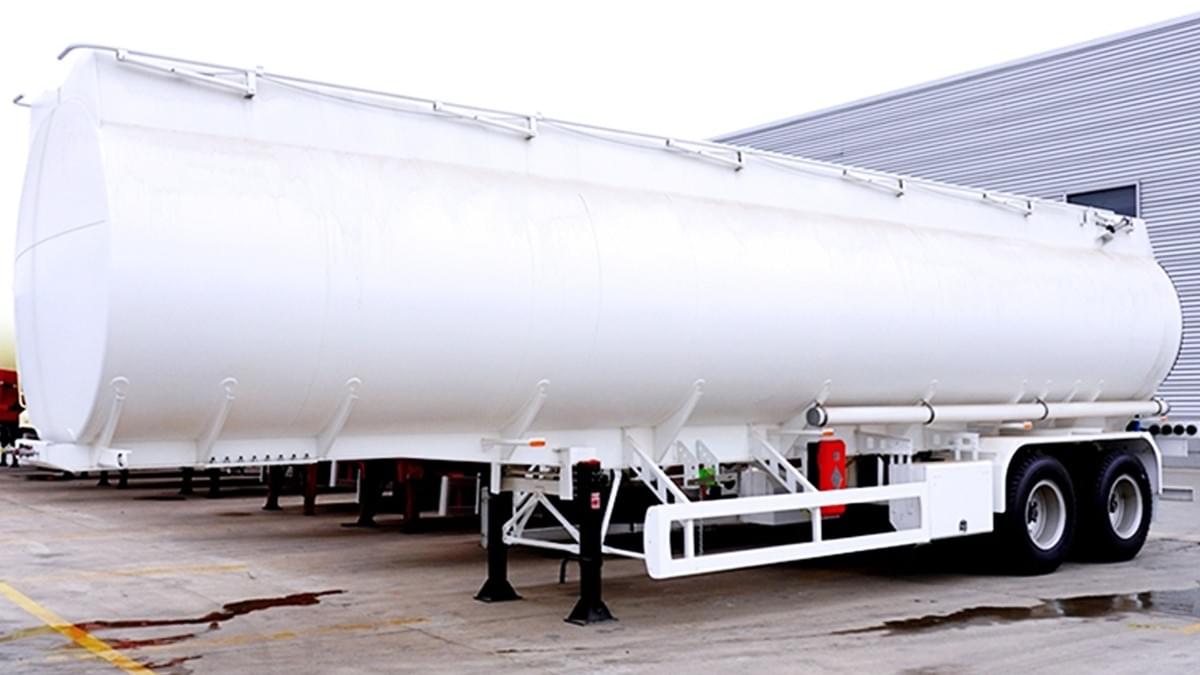
Understanding 2/3/4 Axles Fuel Oil Trucks
2/3/4 Axles Fuel Oil Trucks are specialized vehicles designed for the transportation of fuel, with the number of axles (2, 3, or 4) determining their load-carrying capacity, maneuverability, and suitability for different airport environments. The axle configuration is a key factor in how these trucks perform, as it affects their weight distribution, stability, and ability to navigate through tight spaces.
- 2 Axles Fuel Oil Trucks: These are smaller in size compared to their 3 and 4 axles counterparts. They have a lower load-carrying capacity, typically ranging from 5,000 to 10,000 gallons. Their compact design makes them highly maneuverable, making them ideal for small airports with limited space or for transporting fuel to remote areas within larger airports where larger trucks cannot reach.
- 3 Axles Fuel Oil Trucks: With a higher load capacity, usually between 10,000 and 15,000 gallons, 3 Axles Fuel Oil Trucks strike a balance between size and capacity. They are suitable for medium-sized airports that handle a moderate number of flights and require a reliable transport solution that can cover more ground than a 2 axles truck but is still more maneuverable than a 4 axles truck.
- 4 Axles Fuel Oil Trucks: These are the largest of the three, with a load capacity exceeding 15,000 gallons. They are designed for large international airports with high fuel demands. Their robust construction and powerful engines allow them to carry massive quantities of fuel, reducing the number of trips needed to meet the airport's fuel requirements.
All three types of 2/3/4 Axles Fuel Oil Trucks are equipped with specialized tanks made from high-quality materials that are resistant to corrosion and leaks. The tanks are also designed to prevent fuel sloshing during transport, which can affect the truck's stability. Additionally, they come with a range of safety features, such as emergency shut-off valves, grounding systems to prevent static electricity, and fire extinguishers, to ensure safe fuel transport.
Key Features of 2/3/4 Axles Fuel Oil Trucks for Airport Use
High-Quality Tanks
The tank is the most critical component of a 2/3/4 Axles Fuel Oil Truck, as it holds the fuel. These tanks are constructed from materials like aluminum or carbon steel, which are chosen for their durability and resistance to corrosion. Aluminum tanks are lighter, which helps improve fuel efficiency and reduces the overall weight of the truck, allowing for a higher payload. Carbon steel tanks, on the other hand, are more robust and can withstand harsher conditions, making them a good choice for airports in areas with extreme weather.
The tanks are also designed with compartments, which allow for the transport of different types of fuel or the separation of fuel for different purposes. This is particularly useful in airports where multiple types of aviation fuel are used. The compartments are sealed to prevent cross-contamination, ensuring that the fuel remains pure and meets the required specifications.
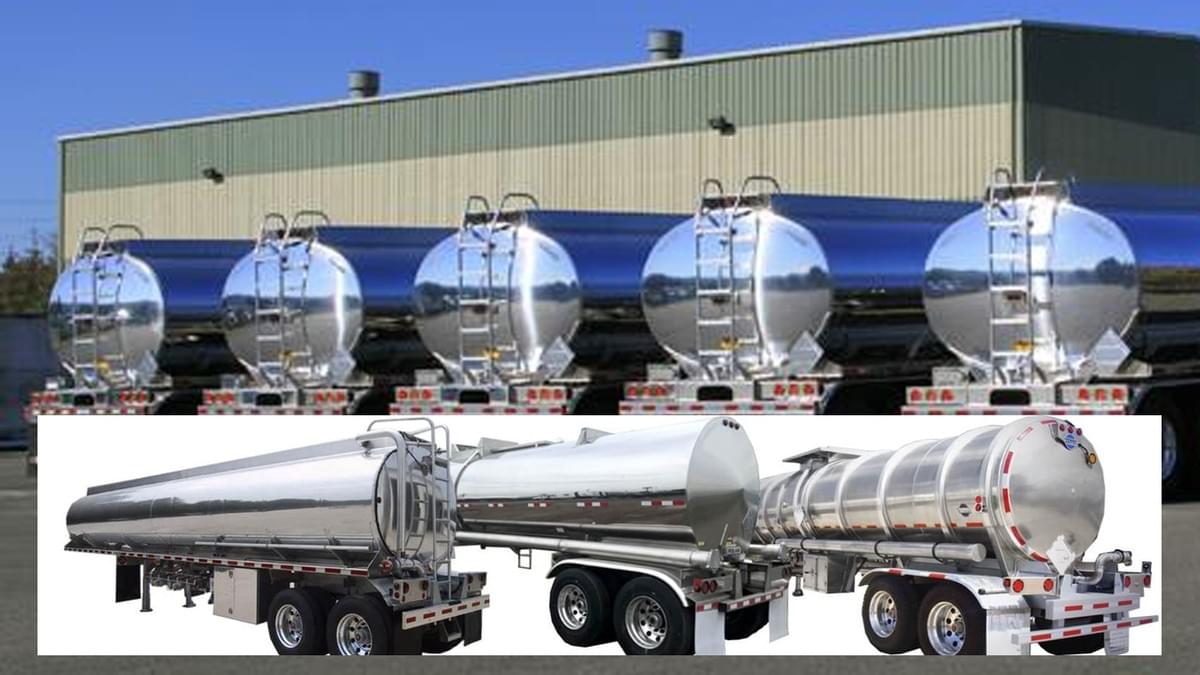
Advanced Pumping Systems
To transfer fuel efficiently from the truck to aircraft or storage facilities, 2/3/4 Axles Fuel Oil Trucks are equipped with advanced pumping systems. These pumps are designed to handle high flow rates, allowing for quick refueling of aircraft. The pumping systems are also equipped with filters to remove any impurities from the fuel, ensuring that only clean fuel is delivered.
The pumps can be operated manually or automatically, depending on the model of the truck. Automatic pumping systems are particularly beneficial in airports, as they allow for precise control of the fuel flow and can be integrated with airport fuel management systems to track fuel usage and ensure accurate billing.
Safety Features
Safety is paramount when transporting fuel, and 2/3/4 Axles Fuel Oil Trucks are packed with safety features to prevent accidents. Emergency shut-off valves are installed in the tank and the pumping system, which can be activated in case of a leak or fire to stop the flow of fuel. Grounding systems are also included to discharge static electricity, which can ignite fuel vapors.
Fire extinguishers, both portable and fixed, are carried on the truck to handle small fires. The trucks are also equipped with reflective strips and warning signs to make them visible to other vehicles and personnel in the airport, especially during low-light conditions.
In addition, 2/3/4 Axles Fuel Oil Trucks undergo rigorous testing and certification to ensure they meet international safety standards, such as those set by the International Air Transport Association (IATA) and the Society of Automotive Engineers (SAE).
Maneuverability and Accessibility
Airports are busy environments with a lot of traffic, including aircraft, ground support vehicles, and pedestrians. 2/3/4 Axles Fuel Oil Trucks are designed to be maneuverable enough to navigate through these crowded spaces. 2 axles trucks, with their compact size, can easily move through narrow corridors and tight turns, while 3 and 4 axles trucks are equipped with advanced steering systems that allow for better handling despite their larger size.
The trucks are also designed to access hard-to-reach areas, such as aircraft parking stands and remote fuel storage facilities. They have low profiles, which allows them to fit under aircraft wings for direct refueling, and some models are equipped with extendable hoses to reach aircraft that are parked further away.
Durability and Reliability
Airport operations run 24/7, and 2/3/4 Axles Fuel Oil Trucks must be able to keep up with this demanding schedule. These trucks are built to be durable, with robust chassis, powerful engines, and heavy-duty components that can withstand constant use. They are also designed to operate in a wide range of weather conditions, from extreme heat to freezing cold, ensuring that fuel transport is not disrupted by the elements.
Regular maintenance is essential to keep 2/3/4 Axles Fuel Oil Trucks in top condition, but their reliable design minimizes the need for frequent repairs. This ensures that they are always available when needed, reducing downtime and ensuring a continuous fuel supply to the airport.
How 2/3/4 Axles Fuel Oil Trucks Enhance Airport Fuel Transport Efficiency
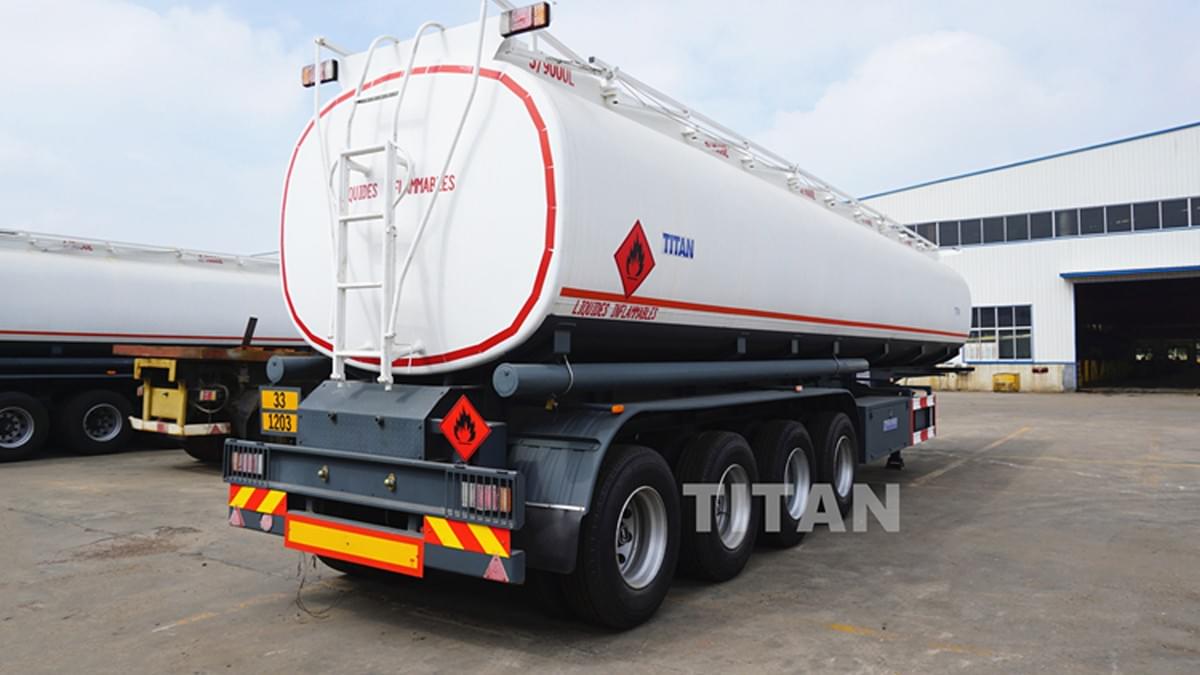
Reduced Number of Trips
One of the primary ways 2/3/4 Axles Fuel Oil Trucks enhance efficiency is by reducing the number of trips required to transport fuel. 4 axles trucks, with their large load capacity, can carry more fuel in a single trip compared to smaller vehicles, which means fewer trips are needed to meet the airport's fuel demands. This not only saves time but also reduces fuel consumption and emissions from the trucks themselves, making the fuel transport process more environmentally friendly.
For example, a large international airport that requires 100,000 gallons of fuel per day would need 10 trips with a 10,000-gallon 2 axles truck, but only 7 trips with a 15,000-gallon 4 axles truck. This reduction in trips frees up valuable time for the truck drivers and allows them to focus on other tasks, such as refueling aircraft.
Quick Refueling of Aircraft
The advanced pumping systems on 2/3/4 Axles Fuel Oil Trucks allow for quick refueling of aircraft, which is crucial in an airport environment where time is of the essence. Aircraft are scheduled to depart and arrive at specific times, and any delay in refueling can have a domino effect on the entire flight schedule. With high-flow pumps, 2/3/4 Axles Fuel Oil Trucks can refuel a large commercial aircraft in as little as 15-20 minutes, ensuring that the aircraft is ready for departure on time.
This quick refueling capability also allows for more efficient use of the truck's time. A single truck can refuel multiple aircraft in a short period, increasing the overall productivity of the fuel transport operation.
Integration with Airport Fuel Management Systems
Modern 2/3/4 Axles Fuel Oil Trucks are equipped with technology that allows them to integrate with airport fuel management systems. This integration enables real-time tracking of fuel levels in the truck, fuel usage, and refueling transactions. Airport operators can monitor the movement of fuel throughout the airport, ensuring that fuel is distributed where it is needed most.
The integration also allows for automated billing, reducing the risk of errors and streamlining the administrative process. Fuel usage data can be analyzed to identify trends and optimize fuel transport routes, further improving efficiency.
Adaptability to Different Airport Sizes
As mentioned earlier, 2/3/4 Axles Fuel Oil Trucks come in different sizes, making them adaptable to airports of all sizes. Small regional airports with a few flights per day can benefit from the maneuverability of 2 axles trucks, while large international airports with hundreds of flights can rely on the large capacity of 4 axles trucks. This adaptability ensures that every airport can find a fuel transport solution that meets its specific needs, without paying for more capacity than necessary.
This adaptability also extends to future growth. As an airport expands and increases its number of flights, it can easily upgrade to larger 3 or 4 axles trucks to meet the increased fuel demand, without having to overhaul its entire fuel transport system.
Real-Life Examples of 2/3/4 Axles Fuel Oil Trucks in Airport Operations
Example 1: Small Regional Airport
A small regional airport in the Midwest handles around 50 flights per day, mostly small to medium-sized aircraft. The airport relies on 2 Axles Fuel Oil Trucks for its fuel transport needs. The compact size of these trucks allows them to navigate through the airport's narrow taxiways and tight aircraft parking areas.
The 2 Axles Fuel Oil Trucks are able to refuel each aircraft quickly, with an average refueling time of 10 minutes per aircraft. This ensures that the flights are not delayed due to fueling issues. The trucks make 8-10 trips per day to the airport's fuel storage facility to replenish their tanks, which is manageable given the airport's small size.
The airport has reported that since switching to 2 Axles Fuel Oil Trucks, its fuel transport efficiency has improved by 20%, with fewer delays and lower operational costs.
Example 2: Medium-Sized Airport
A medium-sized airport on the East Coast handles around 200 flights per day, with a mix of small, medium, and large aircraft. The airport uses a combination of 2 and 3 Axles Fuel Oil Trucks. The 2 Axles trucks are used for refueling small aircraft and accessing remote areas of the airport, while the 3 Axles trucks are used for larger aircraft and transporting fuel from the main storage facility to satellite storage tanks.
The 3 Axles Fuel Oil Trucks have a larger capacity, allowing them to make fewer trips to the main storage facility. This has reduced the number of trucks on the airport's roads, improving traffic flow and reducing the risk of accidents. The airport's fuel management system is integrated with the trucks' pumping systems, allowing for real-time tracking of fuel usage and automated billing.
As a result, the airport has seen a 30% reduction in fuel transport costs and a 15% improvement in on-time flight departures.
Example 3: Large International Airport
A large international airport in Europe handles over 1,000 flights per day, with a fleet of large commercial aircraft. The airport uses a fleet of 4 Axles Fuel Oil Trucks to meet its massive fuel demand. These trucks have a capacity of 20,000 gallons, allowing them to refuel multiple large aircraft in a single trip.
The 4 Axles Fuel Oil Trucks are equipped with advanced pumping systems that can deliver fuel at a high flow rate, reducing refueling time for each aircraft to around 15 minutes. The trucks are integrated with the airport's sophisticated fuel management system, which optimizes their routes to minimize travel time and fuel consumption.
The airport has reported that the use of 4 Axles Fuel Oil Trucks has reduced the number of fuel transport trips by 40%, resulting in significant savings in fuel and labor costs. The quick refueling times have also contributed to a 25% improvement in on-time flight departures.
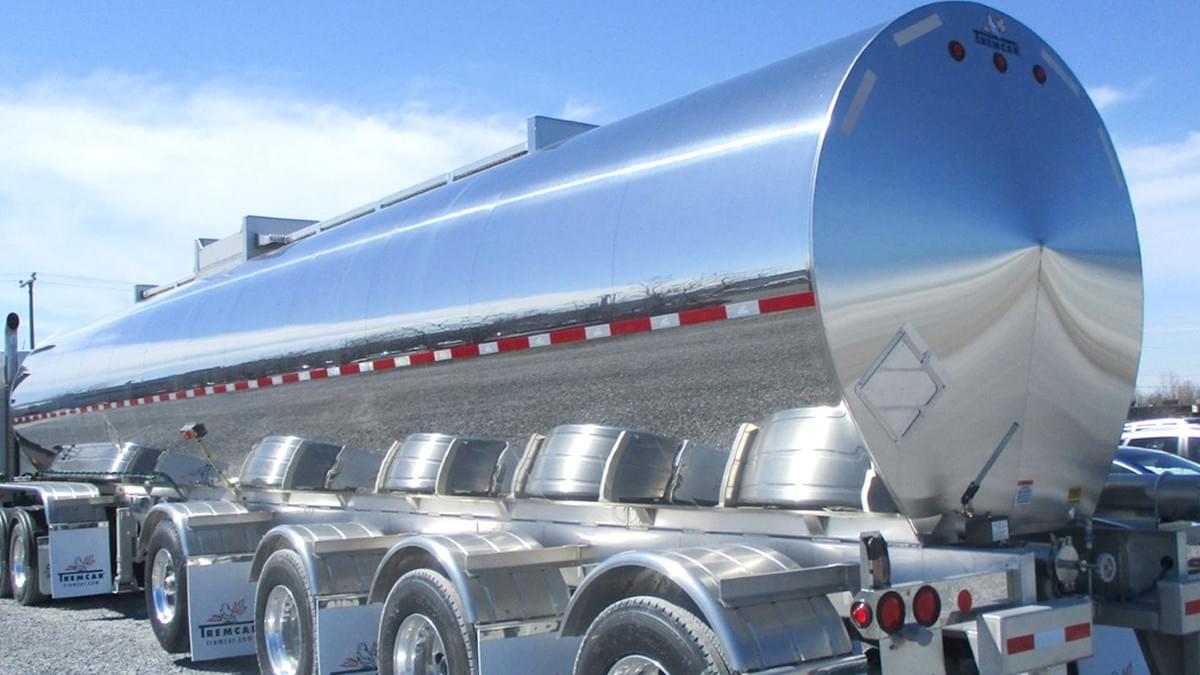
Maintenance and Training for 2/3/4 Axles Fuel Oil Trucks
Regular Maintenance
To ensure that 2/3/4 Axles Fuel Oil Trucks remain reliable and efficient, regular maintenance is essential. This includes inspecting and servicing the engine, transmission, brakes, and other mechanical components to ensure they are in good working order. The fuel tanks must be inspected for leaks, corrosion, and damage, and the pumping systems must be checked for proper operation and filter replacement.
The safety features of the trucks, such as emergency shut-off valves, grounding systems, and fire extinguishers, must also be inspected regularly to ensure they are functioning correctly. Any issues identified during maintenance must be addressed promptly to prevent breakdowns or accidents.
Many airports have dedicated maintenance teams that specialize in servicing 2/3/4 Axles Fuel Oil Trucks, ensuring that they receive the highest level of care. Some truck manufacturers also offer maintenance contracts, providing regular service and support to keep the trucks in top condition.
Driver Training
The drivers of 2/3/4 Axles Fuel Oil Trucks play a crucial role in ensuring safe and efficient fuel transport. They must be trained to operate the trucks safely, including understanding the vehicle's features, handling procedures, and safety protocols. Drivers must also be familiar with the airport's layout, traffic rules, and refueling procedures for different types of aircraft.
Training programs for 2/3/4 Axles Fuel Oil Truck drivers typically include classroom instruction and hands-on training. Classroom instruction covers topics such as fuel properties, safety regulations, and emergency procedures. Hands-on training allows drivers to practice operating the truck, including maneuvering in tight spaces, connecting to aircraft refueling points, and using the pumping systems.
Drivers must also undergo regular refresher training to stay up-to-date with new safety regulations, truck features, and airport procedures. This ensures that they are always prepared to handle any situation that may arise during fuel transport.
Choosing the Right 2/3/4 Axles Fuel Oil Truck for Your Airport
Assessing Your Airport's Fuel Demand
The first step in choosing the right 2/3/4 Axles Fuel Oil Truck is to assess your airport's fuel demand. This includes determining the total amount of fuel needed per day, the types of aircraft being served, and the frequency of refueling. Small airports with low fuel demand may only need 2 Axles Fuel Oil Trucks, while large airports with high fuel demand will require 3 or 4 Axles trucks.
It is also important to consider future growth. If your airport is planning to expand and increase its number of flights, you should choose a truck that can accommodate the increased fuel demand.
Considering Maneuverability Requirements
The layout of your airport will also influence the choice of 2/3/4 Axles Fuel Oil Truck. If your airport has narrow taxiways, tight turns, or limited space in aircraft parking areas, a 2 Axles truck may be more suitable due to its maneuverability. Larger airports with wide open spaces and large aircraft parking areas can accommodate 3 or 4 Axles trucks.
You should also consider the accessibility of your fuel storage facilities. If the storage facility is located in a remote area with difficult access, a more maneuverable 2 or 3 Axles truck may be needed.
Evaluating Safety Features
Safety should be a top priority when choosing a 2/3/4 Axles Fuel Oil Truck. Look for trucks that are equipped with advanced safety features, such as emergency shut-off valves, grounding systems, and fire extinguishers. The truck should also meet international safety standards, such as those set by IATA and SAE.
You should also consider the manufacturer's safety record and the availability of safety training for drivers. A reputable manufacturer will have a proven track record of producing safe and reliable trucks and will offer comprehensive training programs for drivers.
Checking for Integration with Fuel Management Systems
If your airport uses a fuel management system, it is important to choose a 2/3/4 Axles Fuel Oil Truck that can integrate with this system. This will allow for real-time tracking of fuel usage, automated billing, and optimization of fuel transport routes.
Ask the manufacturer about the compatibility of their trucks with your existing fuel management system. Some manufacturers offer custom integration solutions to ensure seamless communication between the truck and the system. This integration can significantly improve the efficiency of your fuel transport operation by providing valuable data and insights that can be used to make informed decisions.
Considering Cost Factors
Cost is an important consideration when choosing a 2/3/4 Axles Fuel Oil Truck. The initial purchase price of the truck is just one part of the total cost of ownership. You must also consider factors such as fuel consumption, maintenance costs, and insurance premiums.
2 Axles Fuel Oil Trucks generally have a lower initial purchase price and lower fuel consumption, making them a more cost-effective option for small airports with limited budgets. 3 and 4 Axles trucks have a higher initial purchase price but can save money in the long run due to their larger capacity and reduced number of trips, which lowers fuel and labor costs.
It is important to conduct a cost-benefit analysis to determine which type of 2/3/4 Axles Fuel Oil Truck is the best fit for your airport. Consider your current fuel demand, future growth projections, and operational costs to make an informed decision.
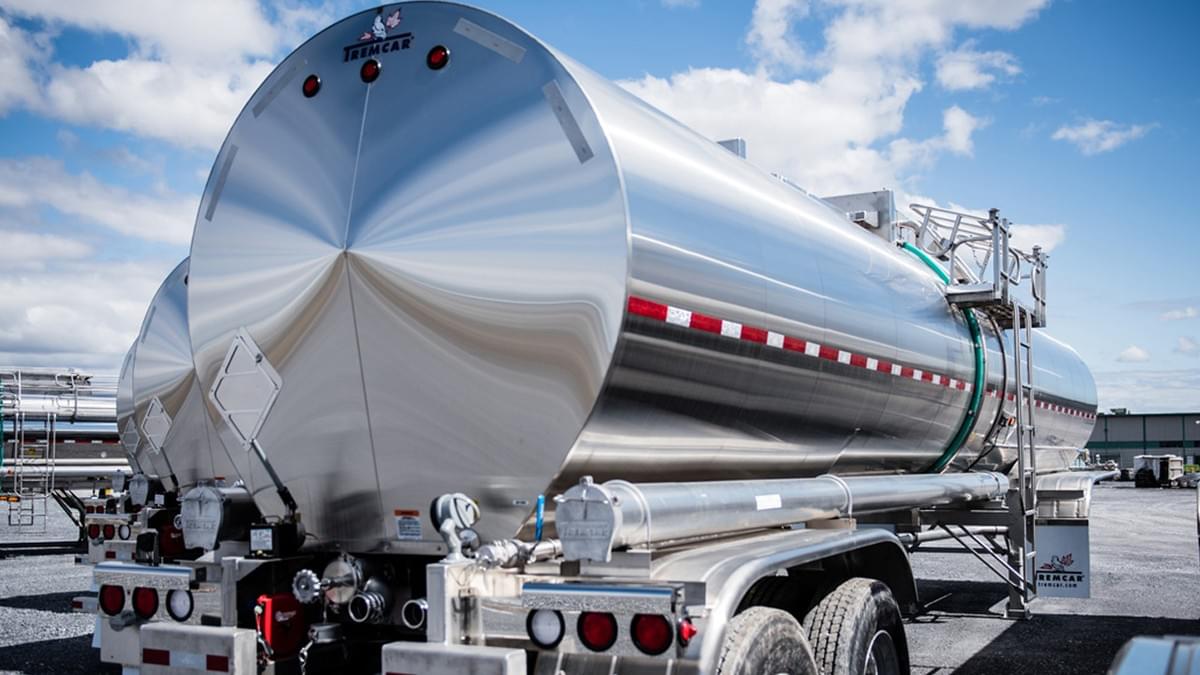
Future Trends in 2/3/4 Axles Fuel Oil Trucks for Airports
The field of fuel transport is constantly evolving, and 2/3/4 Axles Fuel Oil Trucks are no exception. Here are some of the future trends that are likely to shape the development of these trucks for airport use.
Automation and Autonomous Technology
Automation and autonomous technology are increasingly being integrated into commercial vehicles, and 2/3/4 Axles Fuel Oil Trucks are no different. In the future, we can expect to see more automated features, such as automatic braking, lane departure warning, and adaptive cruise control, to improve safety and efficiency.
Long-term, fully autonomous 2/3/4 Axles Fuel Oil Trucks may become a reality in airports. These trucks would be able to navigate the airport's roads, refuel aircraft, and interact with fuel management systems without the need for a human driver. This would reduce the risk of human error and improve the efficiency of fuel transport operations.
Alternative Fuels
As the aviation industry moves towards more sustainable practices, 2/3/4 Axles Fuel Oil Trucks are likely to switch to alternative fuels. This includes biofuels, natural gas, and electricity. Electric 2/3/4 Axles Fuel Oil Trucks are particularly promising, as they produce zero emissions and are quieter than traditional diesel-powered trucks.
Manufacturers are already investing in the development of electric trucks with longer ranges and faster charging times, which would make them suitable for use in airports. In the future, we may see airports transitioning to a fleet of electric 2/3/4 Axles Fuel Oil Trucks to reduce their environmental impact.
Advanced Data Analytics
Advanced data analytics will play an increasingly important role in the operation of 2/3/4 Axles Fuel Oil Trucks. By collecting and analyzing data from the trucks' sensors, fuel management systems, and other sources, airport operators can gain valuable insights into fuel usage patterns, truck performance, and maintenance needs.
This data can be used to optimize fuel transport routes, predict maintenance issues before they occur, and improve the overall efficiency of the fuel supply chain. Advanced data analytics will also enable more accurate forecasting of fuel demand, ensuring that the airport has the right amount of fuel at the right time.
Conclusion
2/3/4 Axles Fuel Oil Trucks are essential for efficient and safe fuel transport in airports of all sizes. Their varying axle configurations, load capacities, and features make them adaptable to the unique needs of different airports, from small regional hubs to large international facilities.
The key features of these trucks, such as high-quality tanks, advanced pumping systems, and robust safety features, ensure that fuel is transported and delivered efficiently and safely. Their ability to reduce the number of trips, quicken aircraft refueling times, integrate with fuel management systems, and adapt to different airport sizes makes them a valuable asset in the smooth operation of airports.
Real-life examples from airports around the world demonstrate the positive impact that 2/3/4 Axles Fuel Oil Trucks can have on fuel transport efficiency, cost savings, and on-time flight departures. Regular maintenance and driver training are essential to ensure that these trucks remain reliable and efficient, and choosing the right truck for your airport's specific needs requires careful consideration of factors such as fuel demand, maneuverability, safety features, integration with fuel management systems, and cost.
As the aviation industry continues to evolve, 2/3/4 Axles Fuel Oil Trucks are likely to become more environmentally friendly, with improved fuel efficiency, emission control systems, and the use of alternative fuels. Future trends such as automation, autonomous technology, and advanced data analytics will further enhance their performance and efficiency.
In conclusion, 2/3/4 Axles Fuel Oil Trucks are a critical component of airport operations, ensuring that aircraft are refueled on time and that the airport's fuel supply chain remains robust and efficient. Investing in the right 2/3/4 Axles Fuel Oil Trucks and maintaining them properly is essential for any airport looking to provide safe, reliable, and sustainable air travel.

